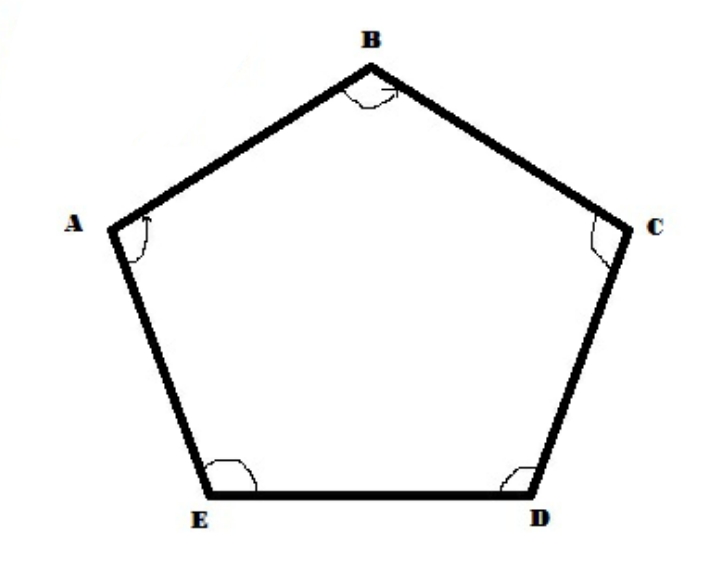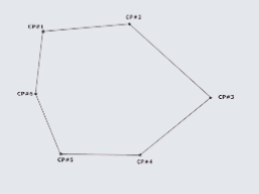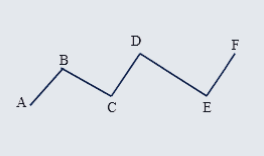Traversing is very important concept in Surveying. In this article, we will discuss about Traversing in detail.
Let’s begin!
Table of Contents
Basic Concept Of Traversing
Traversing in surveying is a technique in which various survey lines are joined to create a systematic survey framework. It is a established network of control stations.

Placement of survey stations along a line or course of travel, followed by use of the previously surveyed sites as a base for observing the following point, is known as a traverse network.
Traversing Methods In Surveying
There are 3 traversing method in surveying as listed below.
- Closed Traversing
- Open Traversing
- Compound Traversing
Let’s know these 3 traverse methods.
1. Closed Traversing
It goes between two well-known stations or alternatively departs from one station and returns there to complete a circuit.

2. Open Traversing
It neither closes on any other known station nor returns to its starting station.

3. Compound Traversing
When an open traverse is connected at both ends to another traverse, a closed traverse is created. The closing line can be specified using the coordinates at the end points that were established by an earlier survey. Where there is linear misclosure, it is difficult to determine whether the error was introduced by the new survey or the preceding survey.

Advantages Of Traversing
- No need of too much planning before conducting survey.
- It can alter to any shape and can therefore accommodate a wide variety of terrains.
- Only few number of observations are needed.
- The distance between stations can also be increased to lessen azimuth swing errors.
FAQ
What Is Chain Traversing In Surveying?
Only linear measurements can be taken during chain traversing. So, for chain traversal, chain or tape will do. The chain angles concept is used to calculate the angle between the consecutive traverse lines.
